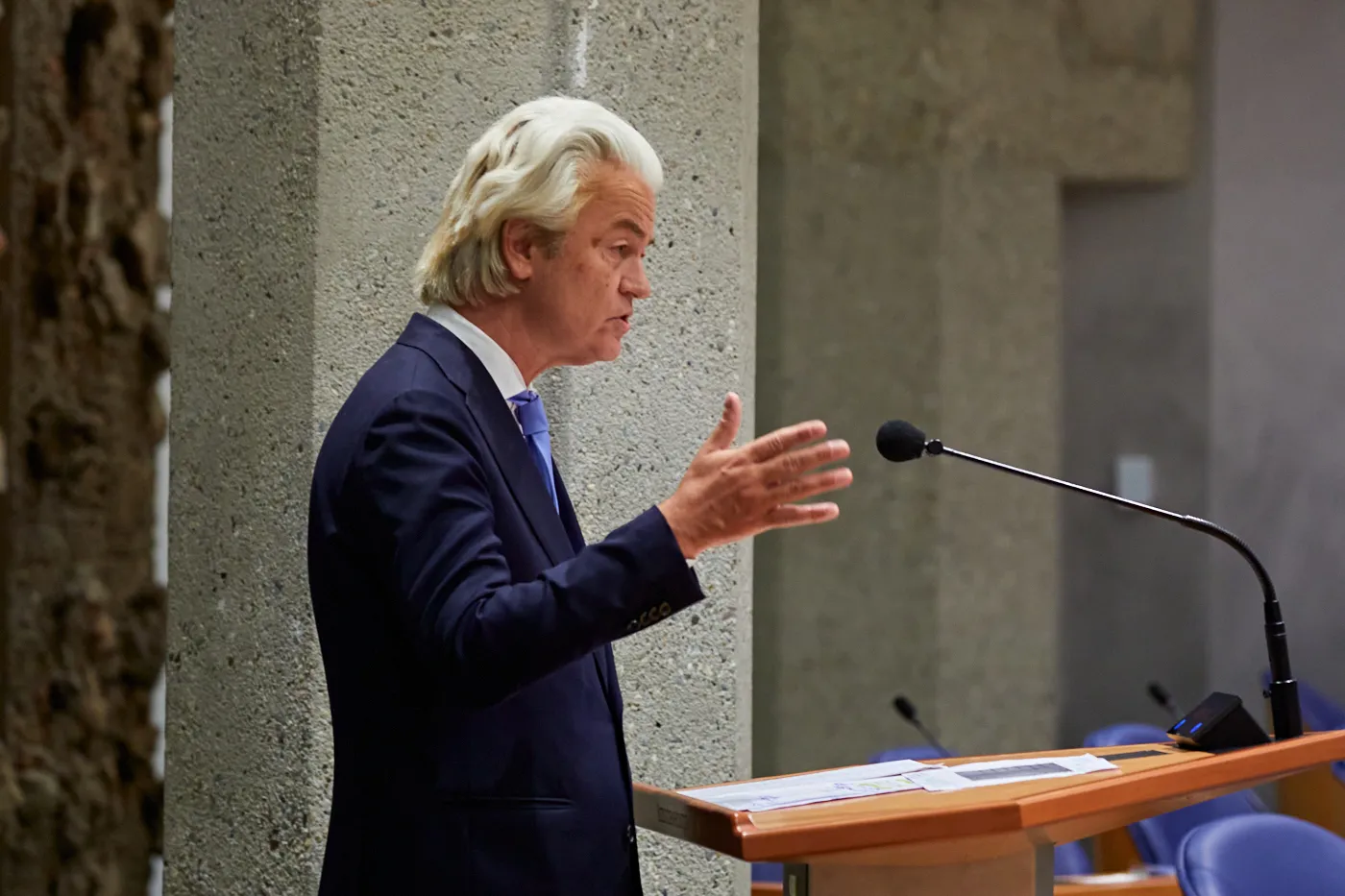NYT maakt draai ten aanzien van klimaat
The New York Times (NYT), traditioneel een fervent apostel van het broeikasevangelie, rapporteert een pauze in de opwarming van de aarde.
Eerder schreef ik over verschillende internationale kwaliteitsbladen, die bezig waren hun draai te maken ten aanzien van AGW ('Anthropogenic Global Warming'), met als belangrijkste voorbeeld The Economist. Zie ''Apocalyps afgelast.
Nu ook de NYT. De NYT erkent dat de AGWhypothese in moeilijkheden verkeert en dat de mainstream klimatologen met de handen in het haar zitten om een verklaring te vinden voor de opwarmings'pauze', maar gaat toch niet zo ver om het vertrouwen in deze hypothese op te zeggen.
Onder de titel, 'What to Make of a Warming Plateau', schreef Justin Gilles:
As unlikely as this may sound, we have lucked out in recent years when it comes to global warming. The rise in the surface temperature of earth has been markedly slower over the last 15 years than in the 20 years before that. And that lull in warming has occurred even as greenhouse gases have accumulated in the atmosphere at a record pace. The slowdown is a bit of a mystery to climate scientists. [Noot HL: Dus de bewering, 'The science is settled. All scientists agree.', bleek onjuist te zijn, zoals de klimaatsceptici reeds altijd hebben beweerd.] True, the basic theory that predicts a warming of the planet in response to human emissions does not suggest that warming should be smooth and continuous. To the contrary, in a climate system still dominated by natural variability, there is every reason to think the warming will proceed in fits and starts. But given how much is riding on the scientific forecast, the practitioners of climate science would like to understand exactly what is going on.
They admit that they do not, even though some potential mechanisms of the slowdown have been suggested. The situation highlights important gaps in our knowledge of the climate system, some of which cannot be closed until we get better measurements from high in space and from deep in the ocean.
As you might imagine, those dismissive of climate-change concerns have made much of this warming plateau. They typically argue that global warming stopped 15 years ago or some similar statement, and then assert that this disproves the whole notion that greenhouse gases are causing warming. [Noot HL: Dit is klinkklare onzin. Er zijn maar weinig klimaatsceptici die dat beweren.] Rarely do they mention that most of the warmest years in the historical record have occurred recently. [Noot HL: Als men verder terug gaat in de tijd zijn overeenkomstige temperaturen ook regelmatig voorgekomen.] Moreover, their claim depends on careful selection of the starting and ending points. The starting point is almost always 1998, a particularly warm year because of a strong El Niño weather pattern. We certainly cannot conclude, as some people want to, that carbon dioxide is not actually a greenhouse gas. More than a century of research thoroughly disproves that claim. In fact, scientists can calculate how much extra heat should be accumulating from the human-caused increases in greenhouse gases, and the energies involved are staggering.
By a conservative estimate, current concentrations are trapping an extra amount of energy equivalent to 400,000 Hiroshima bombs exploding across the face of the earth every day. So the real question is where all that heat is going, if not to warm the surface. And a prime suspect is the deep ocean. Our measurements there are not good enough to confirm it absolutely, but a growing body of research suggests this may be an important part of the answer. [Noot HL: Dit is een extra ad hoc hypothese die de AGWhypothese van de ondergang moet redden. Mijn gevoel zegt me dat dat niet gaat lukken.] Exactly why the ocean would have started to draw down extra heat in recent years is a mystery, and one we badly need to understand. But the main ideas have to do with possible shifts in winds and currents that are causing surface heat to be pulled down faster than before.
The deep-ocean theory is one of a half-dozen explanations that have been proffered for the warming plateau. Perhaps the answer will turn out to be some mix of all of them. And in any event, computer forecasts of climate change suggest that pauses in warming lasting a couple of decades should not surprise us. [Noot HL: Dat is niet juist. Geen enkel klimaatmodel heeft een zo lange periode van stabilisering van temperatuur geprojecteerd.] ...
Maar de NYT blijkt toch geen afscheid van het klimaatalarmisme te kunnen nemen.
What happened when the mid-20th-century lull came to an end? You guessed it: an extremely rapid warming of the planet. So, if past is prologue, this current plateau will end at some point, too, and a new era of rapid global warming will begin. That will put extra energy and moisture into the atmosphere that can fuel weather extremes, like heat waves and torrential rains. [Noot Hl: Daar heb je ze weer: de weersextremen! Terwijl zelfs het IPCC heeft beweerd daarin geen trend te hebben kunnen ontdekken.] We might one day find ourselves looking back on the crazy weather of the 2010s with a deep yearning for those halcyon days. [Noot HL: Heeft de eerder periode van temperatuurstijging na 1975 'crazy weather' gebracht? Ik kan mij dat niet herinneren.]
Lees verder hier.
Kortom, de NYT erkent de opwarmingspauze en geeft toe dat de mainstream klimatologen het ook niet meer weten, maar probeert toch weer het alarmistische vuurtje aan te wakkeren, niet op basis van wetenschap maar pure speculatie.
Ondertussen blijft de loopgravenoorlog tussen de protagonisten en antagonisten van AGW in de blogosfeer maar doorgaan. Vele respondenten op het gastblog van Hans Custers van de website van Bart Verheggen verkeren nog in de ontkenningsfase. Zij geloven niet in een opwarmingspauze. Degenen die dat beweren, hebben er volgens hen niets van begrepen en worden niet zelden door hen voor leugenaar uitgemaakt. De AGWers zijn er vast van overtuigd dat opwarming nog steeds een groot gevaar voor de mensheid vormt. Hun geloof daarin is zó diep geworteld dat zijn daaraan het recht menen te mogen ontlenen om een heksenjacht tegen klimaatsceptici te voeren, in het bijzonder met ondergetekende als doelwit. Als illustratie van de duistere kant van de blogosfeer zie hier een zeldzaam voorbeeld van georchestreerde 'Labohm'bashing'.
Voor mijn eerdere DDSbijdragen, zie hier.
Ga verder met lezen
Dit vind je misschien ook leuk
Laat mensen jouw mening weten


